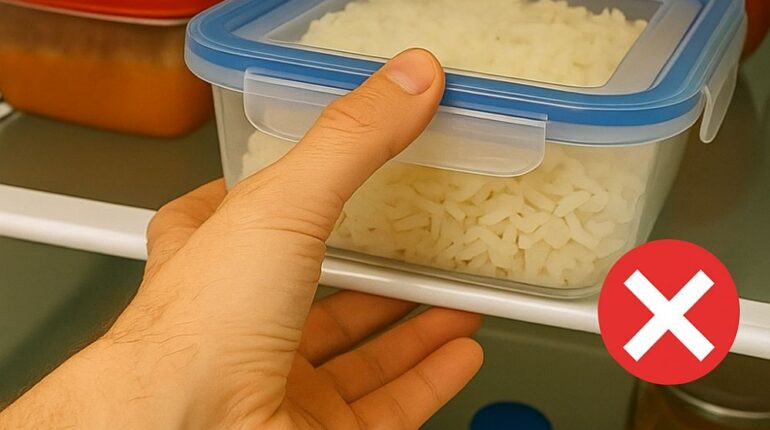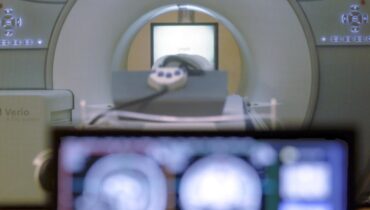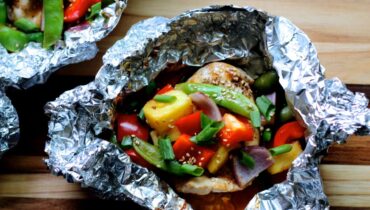📌 What’s Growing in Your Leftover Rice? The Fridge Isn’t Always Safe

Posted 28 August 2025 by: Admin
That container of leftover rice in your fridge might seem harmless — but it could be hiding a serious health risk. Bacillus cereus, a bacteria that survives cooking, can multiply in rice if it’s stored improperly. Here’s what you need to know to keep your meals safe.
Most people don’t think twice before refrigerating leftover rice. It’s convenient: cook once, store, reheat later. But rice can harbor dangerous bacteria even when chilled. The main culprit is Bacillus cereus — a foodborne pathogen capable of surviving the cooking process.
Yes, rice can grow bacteria, and you can’t always smell or see the danger. Bacillus cereus spores may survive boiling, and if the rice isn’t cooled and stored correctly, they can multiply. Even reheating doesn’t destroy the toxins they produce.
When rice is cooked, Bacillus cereus spores can survive heat.
If the rice sits out too long before refrigeration — or cools too slowly — spores thrive. Their toxins resist microwaving or reheating, which means **you can eat rice that tastes fine but still causes food poisoning.**
Symptoms include nausea, vomiting, and diarrhea, often within 1–5 hours of eating contaminated rice. While rarely fatal, these effects are serious, especially for children, elderly people, or those with weakened immunity.
So, how can you stay safe?
1. Cool rice quickly: Don’t leave it at room temperature for more than an hour. Spread it in a shallow dish so it chills fast before refrigeration.
2. Store properly: Use airtight containers and place rice in the coldest part of the fridge, not the door.
3. Eat within 1–2 days: Even under ideal storage, rice should be consumed promptly. After that, discard it.
4. Reheat only once: Heating rice multiple times raises risks. Only warm up what you plan to eat, and ensure it reaches at least 165°F (74°C).
5. Don’t trust looks alone: Bacillus toxins are invisible and odorless. Safe handling is the only real protection.
The fridge slows bacterial growth but doesn’t erase it. That’s why food safety begins with how you cool and store rice immediately after cooking.
Leftover rice may seem like a simple convenience, but it’s also one of the most overlooked food safety hazards in homes worldwide. Next time you store it, cool it fast, seal it tight, and consume it quickly.



















